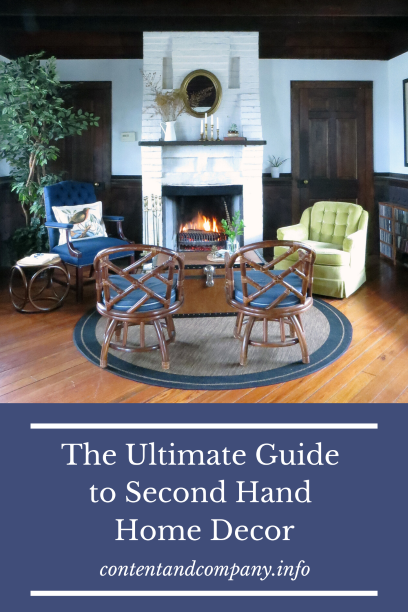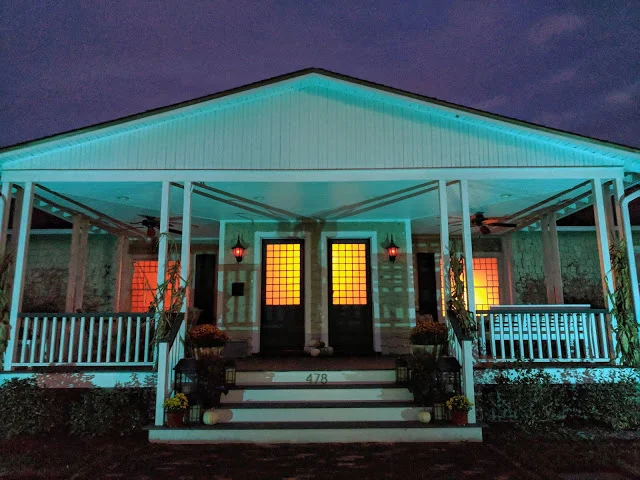We are resurrecting one of our most popular Pinterest posts, just in time for Halloween: Bug Sugar Cookies.
This is by FAR, the easiest Halloween recipe you will find on the Internet, and this simple technique can be used on a variety of applications.
Read MoreWith the autumnal equinox approaching, we’re inching closer and closer to crisp, fall weather. And, on the heals of our recent feature in the “autumn” edition of Cottages & Bungalows Magazine, we’re excited to share the fun & seasonal decor we incorporated into the magazine photoshoot (with sources!)
We’ve come up with 10 Autumnal Decor Finds for Under $30 that will have your home feeling cozy and inviting just in time for the cool weather.
Read MoreWith the arrival of the equinox, we’re inching closer and closer to spring weather! And even though our spring to-do list keeps growing longer and longer, I’m taking this weekend to focus a bit on our interior.
We’ve come up with 10 Decorating Finds Under $30 to Refresh Your Home for Spring that will have your home feeling bright and inviting just in time for the warm weather.
Read MoreI have said it before, and I will say it again: I love Halloween! It's such a nonsense holiday.
Read MoreThere's nothing better than finding a great light fixture at a flea market or antique shop. But chances are, the electrical components won't meet modern standards or code.
Read MoreThis year, I decided to re purpose my Halloween decor, and not buy anything new. Don't get me wrong, with almost 10 years of Halloween party hosting on my resume, I had plenty to work with.
Also, I'm not a kitschy Halloween decorator, and prefer to use common household items in creative ways to suggest spook. I also love the Dollar Store, so my displays usually max out at $5.
Read More







